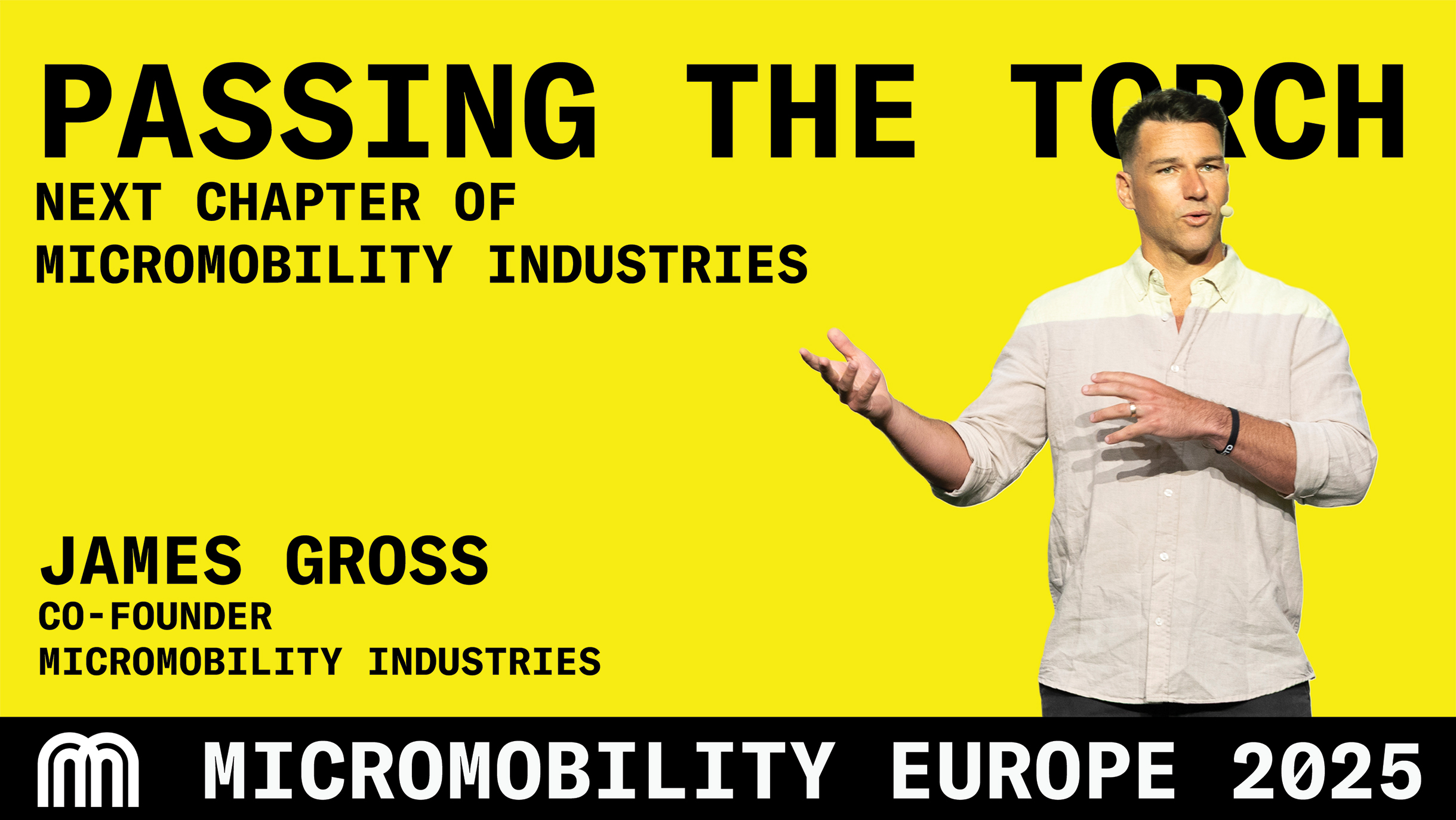Brussels has been one of the most progressive European cities in embracing shared mobility, bike lanes, and urban redesign. In this episode, Prabin Joel Jones, CEO of Micromobility Industries & Mayten, sits down with Martin Lefrancq, New Mobility Policy Advisor at Brussels Mobility, to unpack how the Belgian capital went from free-floating chaos to a model for thoughtful regulation, multimodality, and behavior change.
We explore Brussels’ early micromobility boom, the evolution of regulations, the pedestrianization of the city center, tensions with public transport, the new licensing framework, and what the future of urban transport might look like by 2030.
Key Takeaways
- Brussels was one of the first cities to regulate shared mobility back in 2018.
- The city built 40 km of new bike lanes during COVID, permanently reshaping streets.
- Shared scooters once hit 25,000 units — now capped under a structured tender.
- The pedestrian zone near Grand Place became one of Europe’s largest.
- “Mobility Changers” proved behavior change is possible with the right incentives.
- New debate: Should cities tax or support shared micromobility operators?
- By 2030, micromobility will be a permanent part of Brussels’ transport mix.
Chapters
00:00 – Intro: Welcome to the Micromobility Podcast
00:37 – Who is Martin Lefrancq and what does Brussels Mobility do?
01:33 – Why cities and mobility fascinate Martin
02:27 – Martin’s commute: Why he always bikes to work
03:24 – The early boom: Why Brussels became the go-to city for Lime, Bird, and others
04:15 – How the first mobility regulations were created
05:54 – When 25,000 scooters flooded Brussels
07:04 – The logic behind Brussels’ open-door policy for operators
08:20 – COVID, bike lanes, and the acceleration of micromobility
10:54 – How Brussels built 40km of bike lanes in months
12:26 – From crisis to acceptance: How culture around shared mobility shifted
13:45 – Public transport vs micromobility: Competition or complement?
15:34 – Building a multimodal city: The role of Floya and MaaS integration
16:59 – Can shared mobility reduce big transport investments?
18:24 – Is Brussels “car-choked”? Reality vs perception
21:05 – Comparing Brussels and Paris: The pace of transformation
22:45 – The rise of Europe’s largest pedestrian zone
25:44 – Backlash from businesses and how it was managed
30:25 – The political debate around “freedom of mobility”
33:25 – Behavior change: The “Mobility Changers” experiment
34:56 – Why Brussels capped operators and vehicles in 2023
37:56 – Legal battles and reaching a stable landscape
39:36 – How many scooters and bikes Brussels has today
41:13 – Are 3-year licenses too short?
44:11 – Why station-based bikes (Villo) have low utilization
46:43 – The evolution of bike-sharing models
48:38 – Will Brussels move to one unified shared system?
51:16 – Dockless vs station-based: Why the line is blurring
53:36 – Why free-floating parking needs to improve
55:56 – The need for more parking bays across Brussels
56:58 – Should cities subsidize micromobility rides?
58:32 – VAT, taxes, and the fairness problem
1:00:01 – Etterbeek’s proposed tax on shared vehicles
1:02:41 – Misconceptions about “rich” scooter companies
1:04:34 – Looking ahead to 2030: What Martin hopes for Brussels
1:06:04 – Closing thoughts and thanks

.svg)
%2Bcopy.jpeg)


.svg)












